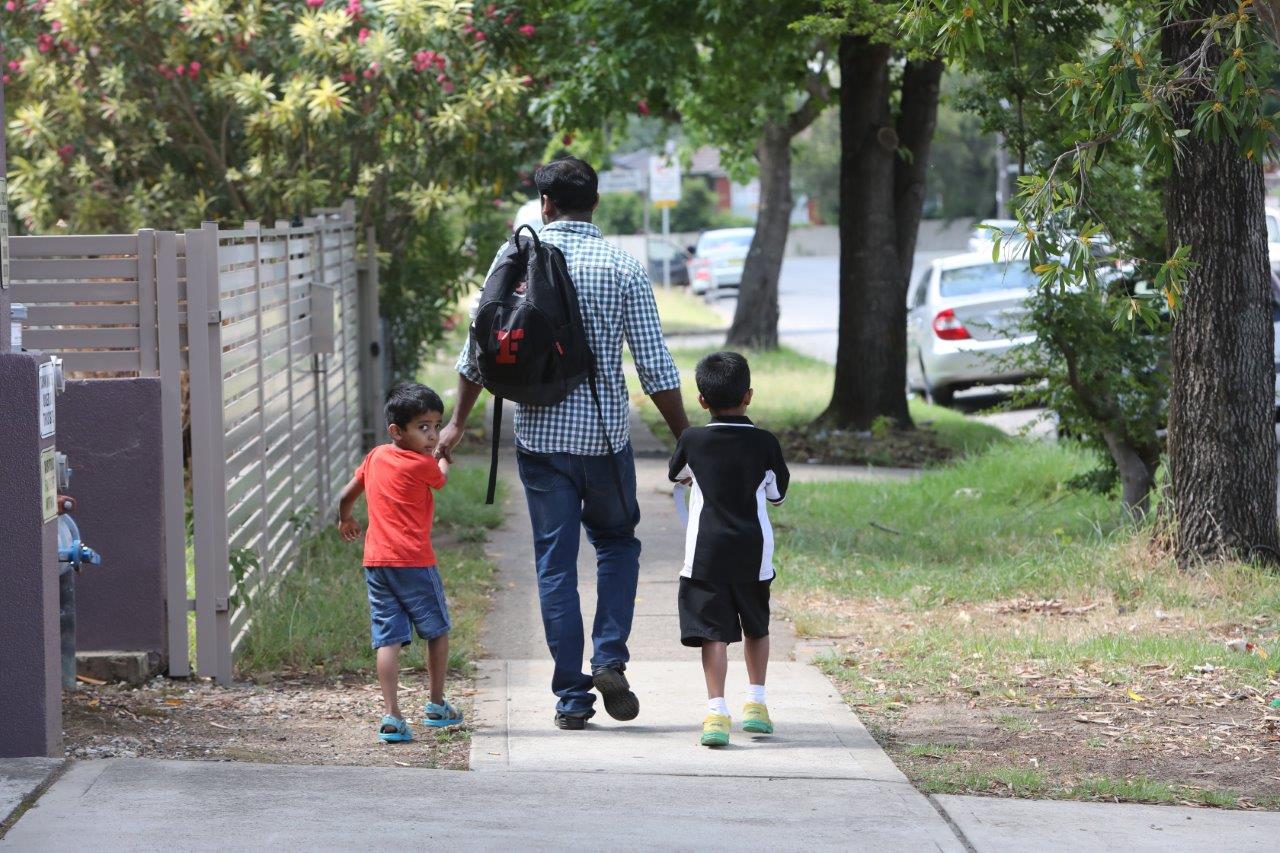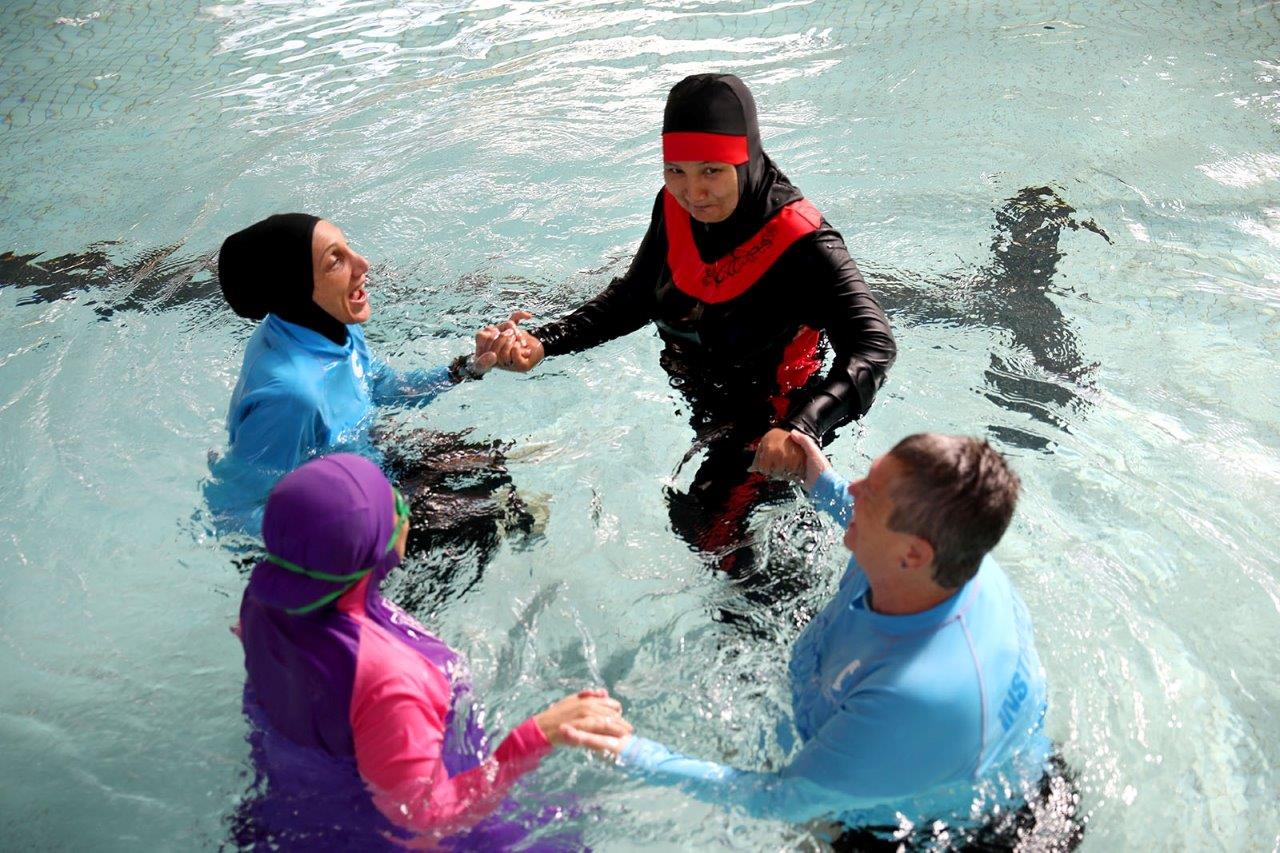
This webpage provides valuable information on how to ensure a safe online environment for your child, along with recommended resources to address all your questions regarding e-safety.
Making sure your child / children are safe online
- Don’t share passwords.
- Make sure to read terms and conditions when joining social media platforms or downloading new games.
- Check privacy settings to ensure children’s profiles remain private and photos/videos can’t be accessed by members of the public.
- Ensure Internet security on your children’s devices.
- Don’t send photos to people you don’t know.
- Don’t make any in-App purchases without parental permission.
- Speak to your child about what is and isn’t appropriate to send people online and how to behave respectfully online.
Online safety quick links
- https://www.cityofsydney.nsw.gov.au/guides/child-safety-online-guide-parents-caregivers-children-under-12
- https://www.esafety.gov.au/kids/be-an-esafe-kid/being-safe-online
- https://www.esafety.gov.au/communities/cultural-linguistic#community-resources
- https://www.esafety.gov.au/first-nations
- https://raisingchildren.net.au/school-age/safety
- https://raisingchildren.net.au/preschoolers/safety
- https://www.consumernotice.org/data-protection/internet-safety-for-kids/
Cyberbullying
Cyberbullying is a form of bullying where online platforms and digital devices are purposefully used to harass, humiliate, embarrass, torment, threaten or intimidate another person via instant messaging platforms, social media and text. Children are using online platforms such as Instagram, Snapchat, Tik Tok, WhatsApp and text messages to bully other children emotionally, verbally and mentally.
Responding to cyberbullying
- Keep open communication with your children about their activity online.
- Make sure your child/children feel comfortable and to let you know if they are receiving threatening messages or being harassed online.
- Check what games your child/children are playing online and who they are interacting with.
- Think before you post or send a message.
- Only allow your children to ‘friend’ people that you know online.
- Speak up- If your child sees that someone is being bullied online encourage them to notify a trusted adult about what is happening.




